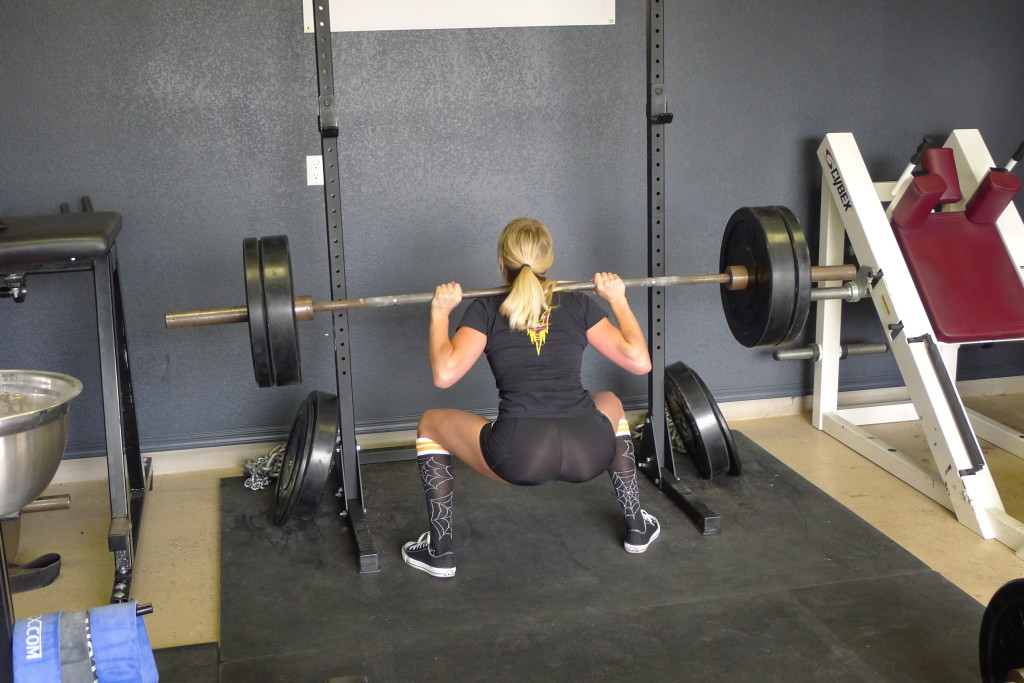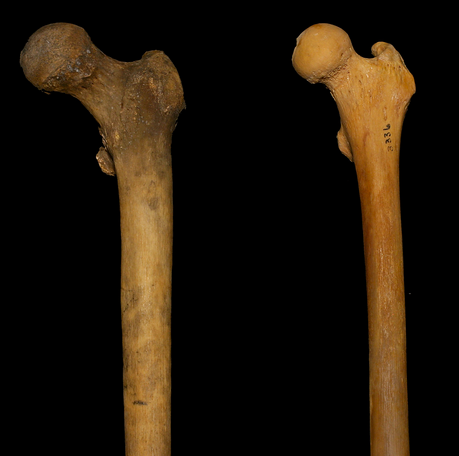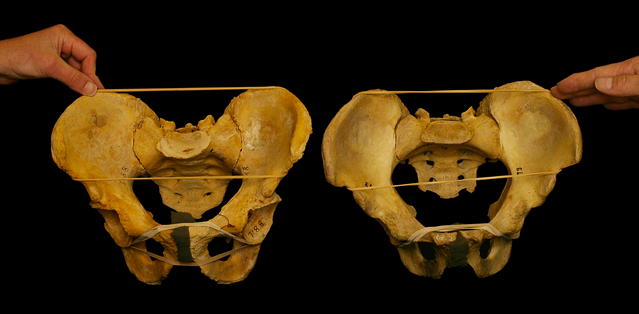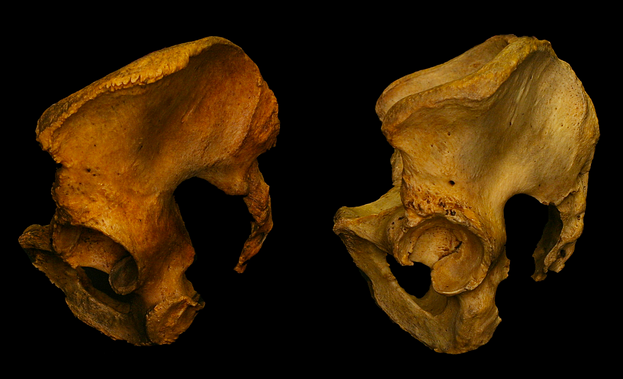Fitness Peeps!
I just stumbled across THIS article and you have to read it!!!

I’ve mentioned time and time again over the past several years that your squat form is influenced by your hip anatomy. In fact, here are some links:
However, I never had the pictures to illustrate this concept.
Well, finally I do! Below are the pictures (taken from Ryan DeBell’s article which he got from THIS site).
Go see what Ryan DeBell has to say about these pictures and see how he analyzes the anatomical influences on potential biomechanics during the squat.
HERE is the link again.
Thanks to Ryan for the excellent article!
Here are two quotes from Ryan:
There is absolutely no one size fits all squat position. If you don’t believe me, you are in for a treat. This article will help show you why athlete comfort should dictate squat width, why people’s feet point out (no matter how much “mobility” work they do), why some people have a really hard time squatting deep, and why some people are amazing at pistols while others can’t do them at all.
and…
Athlete’s won’t squat the same, and they SHOULDN’T! I hope I shed some light on the WHY. Athlete comfort will dictate the stance that puts their hip in a better bony position. There are narrow squatters and there are wide squatters. That may have nothing to do with tight muscles or “tight” joint capsules and have EVERYTHING to do with bony hip anatomy.












Totally agree. Also I find I’m not suited to back squats at all. I butt wink very early on my decent of a back squat. Front squats and trap bar Deadlifts are fine though
Thank you for this. I’ve yet to read it all but what Ive read so far is incredibaly enlightening.
I thought something was wrong with me because I couldnt get into that narrow stance that I see with so many squatters.
Great photos Bret. Actually thanks to you and other fitness minds we knew there were some differences at the hip size, shape, etc. But i never saw it as clearly as today. So thank you and good luck to the glute gang!
Regards from Spain.
This was a good read, thanks Brett.
It’s a shame we can’t all get hip x-rays as part of gym inductions. It would save a lot of time and frustration.
I am pondering some thought for quite some time now : can it be that best leg position for squats is one, where you feel less/ the least crepitus or popping in your knees (of course if you have any. You can utilize that criteria as additional one, after overall comfort during squat). At least i think joint surfaces will thank you…..
Hi Artjom – are you a crepitus sufferer? If so I can tell you what worked for me.
Trev,
a little. Doesn’t really bother me, but as i have good knees i was always wondering why i have those little pops. Tell me what you did…..
If anything is tight and not moving freely it can traction the joint. Try doing some freestanding squats and sink your thumbs into different parts of the thighs hard as you do so. If you’re lucky you’ll find that pressure on the right spot will make the clicking stop. This is the spot to work on with something like a baseball or lacrosse ball until it’s no longer tight.
I got rid of a horrible double click this way, but yours might have a different cause. Hope it helps!
Good Stuff–Thanks
Phenomenal. So what we’re all wondering…. how do you assess for this? I look forward to what some of the best brains in fitness come up with.
This is great. Have been having issues progressing my back squat for about 6 weeks now. My legs feel strong (I can deadlift like a beast) but my low back has been hurting and I’ve been pitching forward coming out of the hole once I get to around 165# (my 1RM is 185#) and my ankles have started hurting. Just read an article about people w long femurs/short torsos having exactly these issues. Went to do the quickie measurement, and I have crazy long femurs and a short torso. Advice? To widen squat stance. No “one size fits all” for the squat…
Does your back squat turn into a “squat-morning”? I’m 6″5 with long femurs and shorter torso and have always had trouble with my back-squat turning into a good-morning until i realized if I stand very wide with feet pointed out a lot I can “sit more between my legs” and squat with my back upright. Nothing else have helped. My deadlift has also improved much more than my squat up until now..
The photos actually originate from Paul Grilley’s website.
Thanks for the link to the great article Bret!!! 🙂
This article has opened the door for me on a issue that has been niggling me for a while and this presentation just seems to make a lot of sense. There are few things in life that human beings should do exactly the same way in order to get exactly the same benefits.
http://breakingmuscle.com/strength-conditioning/neither-you-nor-your-squat-is-a-special-snowflake
Bret – while I completely agree with all the information posted, I have some concerns about application. Bear in mind I’m not a physical therapist, but hav observed thousands of joint replacement procedures. Anatomical landmarks can be difficult to palpate, and I have yet to find a client with a perfect ASIS/PSIS and no sacral nutation. And I doubt many clients would go get a standing A/P Pelvis or scanogram (which is much harder to come by) and lateral radiographs at the behest of their strength coach.
Granted, there are general rules that can be followed (women are more likely to have more extended femoral neck offset, hence their larger knee Q-angle), and necks are more likely to be anteverted than retroverted, and varus/valgus hips are more easily identified at the knee.
All that said, how would you suggest one go about applying the incredibly useful information in this article?
Thanks for your input!
Sorry to be off topic, but I love the socks she is wearing in that squat photo! Any idea where they came from????
Thanks!
And seriously now: How do I find a trainer in my area who actually has some knowledge of these things? I know there are physios here but they aren’t specialized in sports therapy. I would love to have access to a trainer who can advise me on form related to my body shape, but I don’t know any with these skills. Any ideas how to find them? Or is there online training? Any educated advice would be preferable to the guessing I can do. I live in rural BC, in Canada…
My Long-femured friends, hank and Erin, I have long femurs too. A wider stance can help, like hank said. Also try raising your heels. Greg nuckols has an article about this somewhere. I put my heels on the edge of a mat(about 1″) and it fixed my squat mornin problems almost immediately.